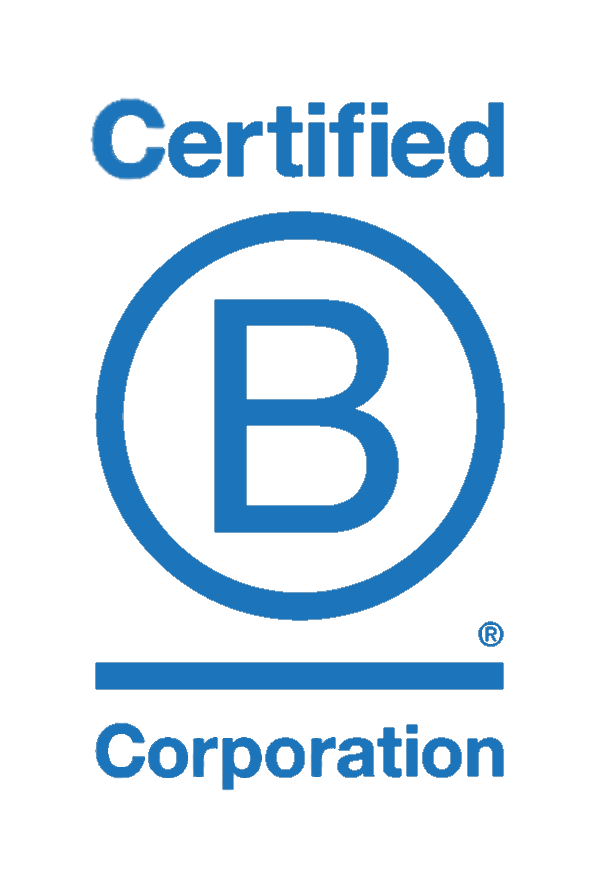A Limited Liability Limited Partnership, or “LLLP”, is a variation of the Limited Partnership. It functions much like a traditional limited partnership (LP), which has two types of ownership:
- Limited Partners: These are passive investors who don’t have management authority and enjoy limited liability.
- General Partners: Typically the managers of the partnership.
The key distinction between an LP and an LLLP lies in the liability of the General Partner. Unlike in an LP, where the General Partner has unlimited personal liability, an LLLP offers the General Partner limited liability.
Why Choose an LLLP Over LP in Real Estate?
Real estate investors often utilize LPs for holding property titles. In this setup, they become the limited partners and create an LLC (Limited Liability Company) to serve as the General Partner. This strategy ensures they avoid the unlimited liability that comes with being a general partner.
However, the LLLP provides a streamlined alternative. It naturally limits the liability of the General Partner, eliminating the need for forming a separate LLC. This makes the LLLP an attractive option, even though it’s less common in commercial real estate contexts.
How to Establish an LLLP
Initiating an LLLP requires filing a Certificate of Limited Partnership. Within this process, an election is made to classify the entity as a limited liability limited partnership. Interestingly, after the inception of the LLC Act, many have gravitated towards the straightforward nature of LLCs, preferring them over the slightly more complex and costlier LLLP structure.
LLLP vs. LLC: Breaking Down the Differences
When deciding on the ideal business structure, both LLLP and LLC emerge as viable options, especially in the realm of real estate and other investment sectors. The LLC has become the go-to choice because of its simplicity, flexibility and cost-effectiveness
Here’s a comparison to help you understand the differences between LLLPs and LLCs:
Liability Protection
LLLP: Both General and Limited Partners have limited liability protection. This means that personal assets of partners typically aren’t at risk if the LLLP incurs debt or faces litigation.
LLC: All members of an LLC enjoy limited liability. Their personal assets are generally protected from business-related debts and lawsuits.
Complexity and Setup
LLLP: Establishing an LLLP involves filing a Certificate of Limited Partnership, followed by an election to be recognized as an LLLP. It’s a two-tiered approach that may be more complex than setting up an LLC.
LLC: The setup process is more straightforward, usually requiring only the filing of Articles of Organization or a Certificate of Incorporation with the Secretary of State’s office. This simplicity is one reason LLCs have surged in popularity.
Management Structure
LLLP: Features a bifurcated structure, distinguishing between Limited Partners (who are typically passive investors) and General Partners (who actively manage).
LLC: Can opt for member-managed (all members participate in daily operations) or manager-managed (specific members or external managers handle daily operations) structures.
Pros and Cons of a Delaware LLLP
The Delaware Limited Liability Limited Partnership (LLLP) is similar to a Delaware LLC in that the LLLP owners all have liability protection against the debts of the partnership. The LLLP was designed to patch the problem with the Limited Partnership. In a limited partnership the owners are divided between passive investors known as “limited partners” who enjoy limited liability on the one hand and managers known as “general partners” who are exposed to unlimited liability where the manager is held to account for the debts of the partnership. This liability exposure is a gaping hole in the corporate veil protecting the owners from the partnership liability. This achilles heel is so undesirable that no rational business owner would set-up an LP. However the master limited partnership is a very popular investment vehicle for private equity investing. The solution to fix this exposure is usually to make a separate corporation or LLC the general partner of the LP entity. That way a second shield is created to protect the managers.
The advantage of the LLLP is a cost savings and organizational simplicity “hack” over the LP. Instead of an LP subjecting its general partner to unlimited liability, the law allows the LP to bypass this and provide the general partner with limited liability protection from the partnership liability. The entity only needs to make an election to opt-in to have its general partners enjoy this favorable liability treatment. For most businesses an LLC is simpler and more advisable, unless there are compelling reasons why the LLLP structure is being selected.
When deciding which type of entity is best for your business, it is important to also understand the disadvantages. Unlike LLCs, Corporations, and General Partnerships, not every jurisdiction recognizes LLLP’s as an actual business entity. Being a relatively new structure of business, LLLP’s may not have a vast amount of legal precedents in place, meaning that any legal issues that may arise could have unpredictable results.



